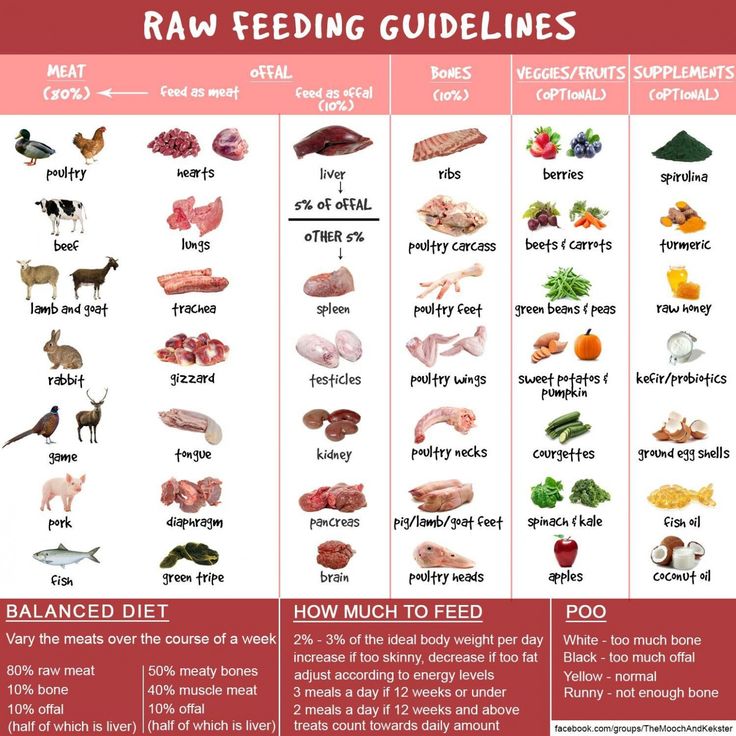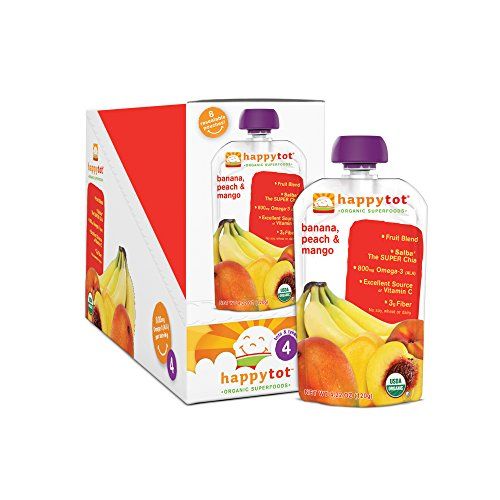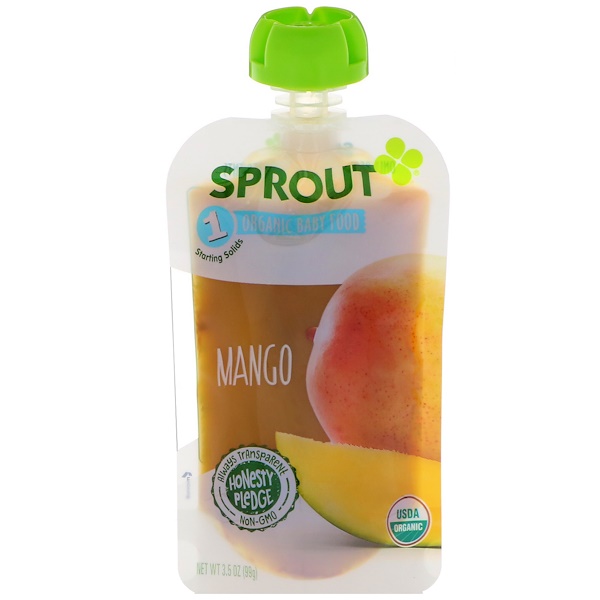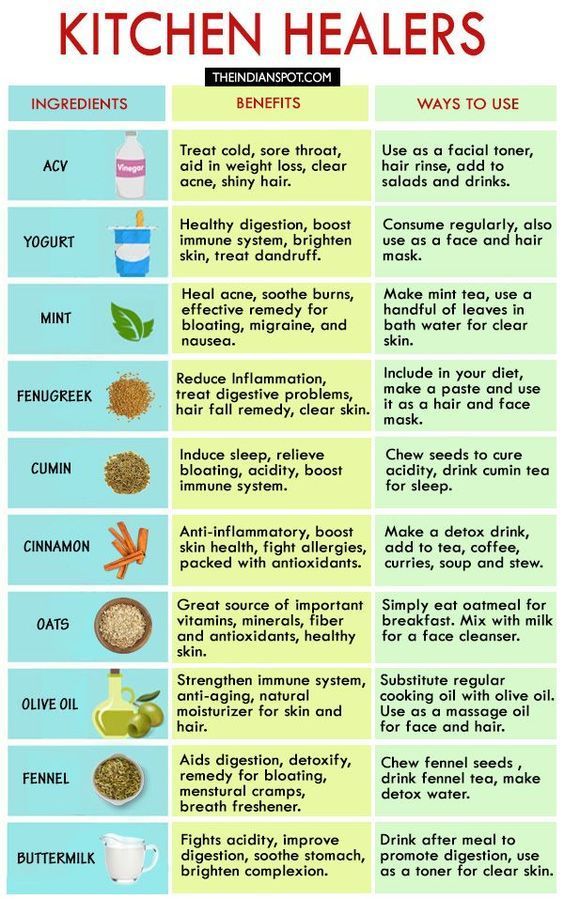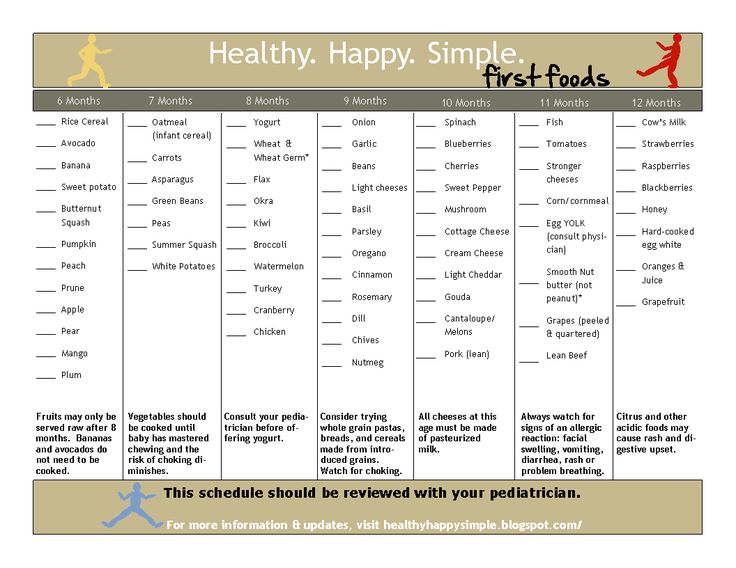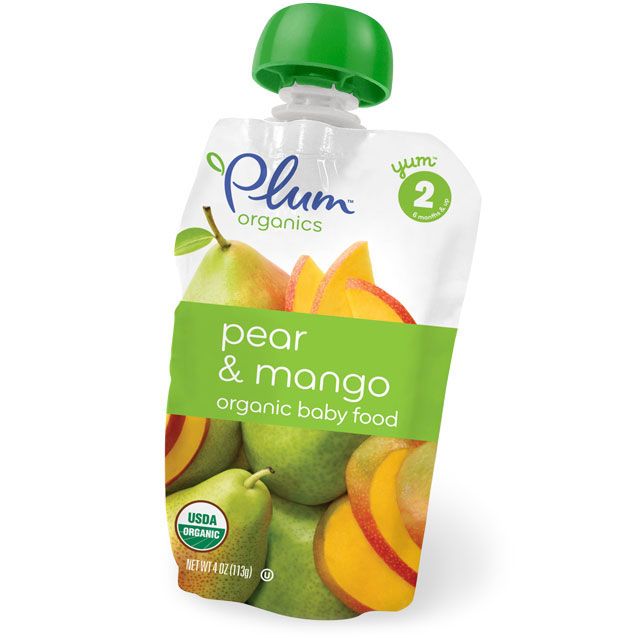Feeding baby meat
How to Serve Meat to Baby (6+ Months)
Meat is a great first food for babies and it can be made into a baby food puree, mashed into a chunky puree, served on the bone, shredded, or served in strips as a finger food or for baby-led weaning. These 6 meat baby food ideas are simple, healthy, and quick to make using beef, chicken, turkey, lamb and pork. This guide is perfect for babies 6 months and up!
Medically reviewed and co-written by Jamie Johnson, Registered Dietitian Nutritionist (RDN), and Lauren Braaten, Pediatric Occupational Therapist (OT).
Meat Baby FoodServing your baby meat from the start might seem like an unconventional first choice, but meat is an extremely nutrient-dense food for babies 6 months and up.
This guide will give you 6 easy ways to incorporate meat 🍗 into your baby’s diet – served as a baby food puree, mashed with veggies, served on the bone, made into meatballs, served in strips, shredded or ground. You can serve meat to baby doing purees or baby-led weaning. These recipes are great for babies 6 months – 2 years of age!
First time making homemade baby food? Then, I would suggest that you start by reading my very in-depth Guide on how to Make Homemade Baby Food – which goes over all the important information such as the best cooking tools to have on hand, safe storage, how to know when baby is ready for solids, how to introduce purees, the best first foods for baby, and more! If you are doing Baby-Led Weaning, then be sure to check out my Complete Guide to Baby-Led Weaning – which covers what exactly is baby-led weaning, to every parent’s concern of baby-led weaning and choking, this guide goes over it all. I will also share how to know when baby is ready for BLW, the top 10 best first foods, a helpful sample blw feeding schedule, helpful tools to have on hand, and much much more!
Want more information? Then make sure to check out my best-selling cookbook for even more information and recipes!
Meat for Baby Video
Watch this video to find out how to feed meat to your baby!
Reasons to Love These Meat Recipes for Baby- can be served as a baby food puree
- also great for baby-led weaning or the finger food stage
- nutrient-dense
- easy to have one meal for the entire family
- excellent sources of protein, zinc, vitamin B12, selenium and niacin
- good sources of iron, vitamin B6, and phosphorous
- puree and ground meat are freezer-friendly
Different meats will have different nutrient profiles, but in general, meat is an excellent source of protein, which is essential for proper growth and development of all organ systems and for maintaining and repairing tissues.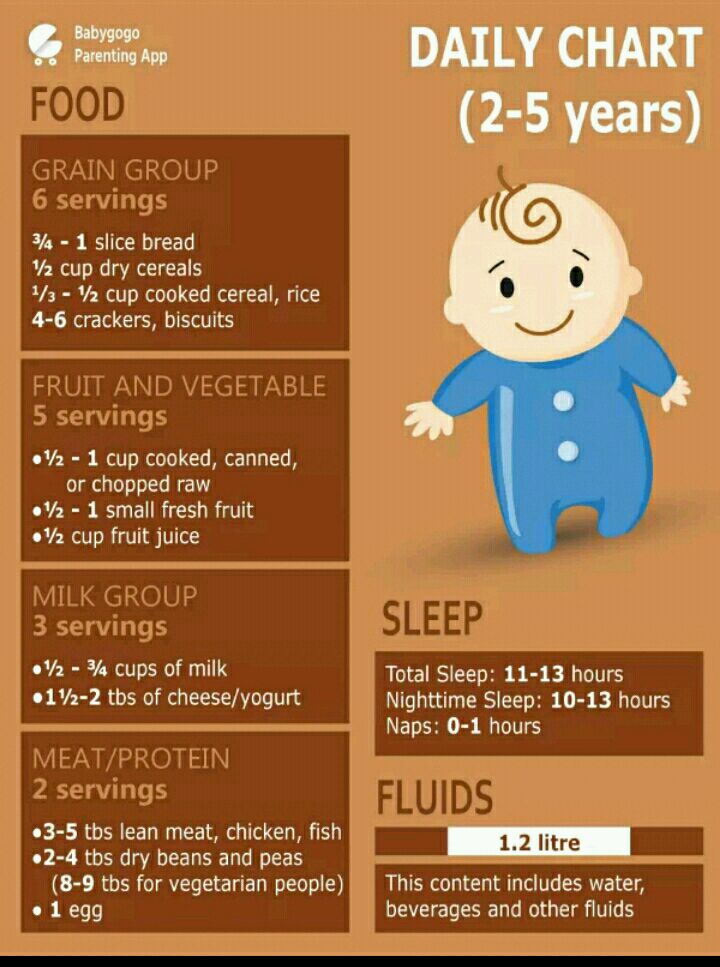 It is considered a complete protein, meaning it has all of the amino acids that are needed to make protein.
It is considered a complete protein, meaning it has all of the amino acids that are needed to make protein.
Meat tends to be a good source of iron, needed for making red blood cells and for neurodevelopment, and zinc, needed for growth and development and supporting the immune system. Animal sources, including meat, are high in B12, which is essential for brain development and healthy red blood cells.
Best Meat to Serve BabyThere are a variety of meats your baby can eat right from the start! And with so many options on how to serve them, your baby will never get bored. Try serving your baby a new meat dish every week for maximum exposure.
- Beef: served on the bone (ribs), made into meatballs, ground, in strips, shredded or pureed
- Chicken: served on the bone (drumsticks), made into meatballs, ground, in strips, shredded or pureed
- Turkey: served on the bone (drumsticks), made into meatballs, ground, in strips, shredded or pureed
- Lamb: served on the bone (lamb chops), made into meatballs or ground
- Pork: served in strips, shredded, made into meatballs, ground or pureed
You will want to stay away from any processed meats such as bacon, hot dogs, store-bought sausage, ham, deli meat, etc, ideally as long as possible, but at least until 1 year of age, since processed meats tend to be full of preservatives and have been linked to cancer. You will also want to season the meat at home with homemade spices or spice blends and avoid any store-bought marinades, rubs, or sauces as they tend to be too high in sodium and sugar. Make sure all meat is fully cooked to prevent any food-borne illnesses that can be caused by undercooked meat. That means no rare or medium-rare steak for your baby.
You will also want to season the meat at home with homemade spices or spice blends and avoid any store-bought marinades, rubs, or sauces as they tend to be too high in sodium and sugar. Make sure all meat is fully cooked to prevent any food-borne illnesses that can be caused by undercooked meat. That means no rare or medium-rare steak for your baby.
Meat Sources: you certainly can buy organic, pasture-raised, and grass-fed meat, which is lower in saturated fat and higher in Omega 3’s and antioxidants than conventional, if you prefer and your budget allows. But conventional meats are also completely safe and healthy for babies.
Frequently Asked Questions
When can you introduce meat to baby?
Whether you start baby on purees or are doing baby-led weaning, meat is an amazing first food for baby! When a baby can start on solids is determined by their own rate of development, which generally comes between 4-6 months of age for purees and at or after 6 months for baby-led weaning. Some of the developmental milestones your baby needs to reach in order to start solids include: if your baby has solid control of their head and neck, if your baby has doubled their birth weight, and if your baby is reaching for or opening their mouth when you eat (see my guide here). Before you start baby on purees, you should consult with your pediatrician to make sure your child is developmentally ready.
Some of the developmental milestones your baby needs to reach in order to start solids include: if your baby has solid control of their head and neck, if your baby has doubled their birth weight, and if your baby is reaching for or opening their mouth when you eat (see my guide here). Before you start baby on purees, you should consult with your pediatrician to make sure your child is developmentally ready.
Is meat a choking hazard for babies?
Yes, meat is one of the more common choking hazards for babies. You want to make sure the meat you are serving to your baby is soft, tender, and appropriately sized for your baby’s age. When in doubt, go for a bigger 2-3′ strip (2 adult finger size) of meat for your baby, or a puree. For safe ways to prepare meat for your baby, see my recommended recipes below. And always be near baby or toddler when they are eating meat of any kind.
How do babies chew meat without teeth?
The question of how babies can chew foods without teeth, especially meat, makes all of us scratch our heads! But in reality, we all chew food with our back molars, not our front teeth, which baby doesn’t get until 18-22 months of age. Good thing babies have super tough and strong gums, which they use to mash, gnaw and chew foods. Baby’s gums are better at chewing food than you would think, and your baby will be able to chew more foods the older they get, even without their molars.
Good thing babies have super tough and strong gums, which they use to mash, gnaw and chew foods. Baby’s gums are better at chewing food than you would think, and your baby will be able to chew more foods the older they get, even without their molars.
Is meat a common allergen for baby?
No, meat is not a common allergen, however, as with any food, start with a small portion and be aware of any signs that might be an allergic reaction after introducing it
Does chicken cause constipation for babies?
No, meat is not known to cause constipation in babies, however it won’t really help with constipation either since it lacks fiber.
How to Cut Meat for BabyA good rule of thumb to follow is the younger the baby, the bigger the piece of meat. I know it sounds counterintuitive, but the bigger the piece of meat, allows baby to hold onto it while chewing and sucking on it without posing as high of a choking hazard.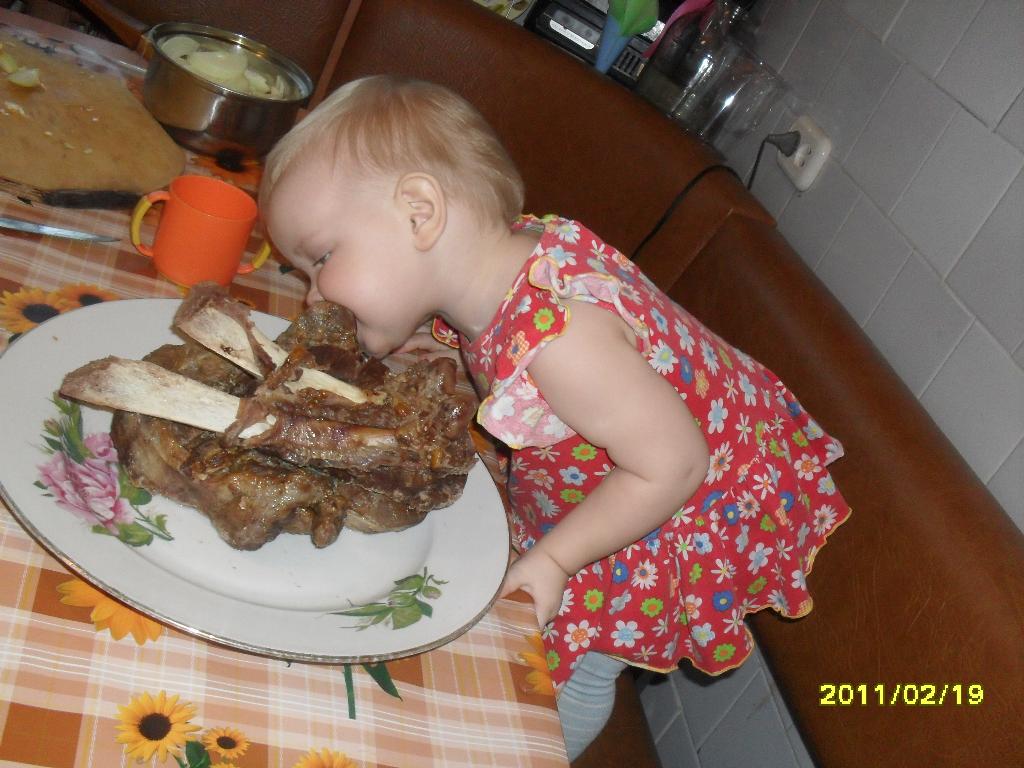 For babies 6-9 months, you will want to cut the meat into 2-3′ strips that are roughly the size of 2 adult fingers. You can slice the meat thinner for babies 9-12 months or shred it into small pieces.
For babies 6-9 months, you will want to cut the meat into 2-3′ strips that are roughly the size of 2 adult fingers. You can slice the meat thinner for babies 9-12 months or shred it into small pieces.
- For Meat Puree: you can store meat puree in the fridge for up to 4 days or freeze individual portions in a freezer tray for up to 2 months. To defrost, gently heat on the stove or in the microwave until warm.
- For Ground Meat: you can store cooked ground meat in the fridge for up to 4 days or freeze individual portions in a freezer tray for up to 2 months. To defrost, gently heat on the stove or in the microwave until warm.
- Meatballs: you can store cooked meatballs in the fridge for up to 4 days or freeze them for up to 2 months. To defrost, gently heat on the stove or in the microwave until warm.
- Meat on the Bone, Strips, and Shredded: can be stored in the fridge for up to 4 days.
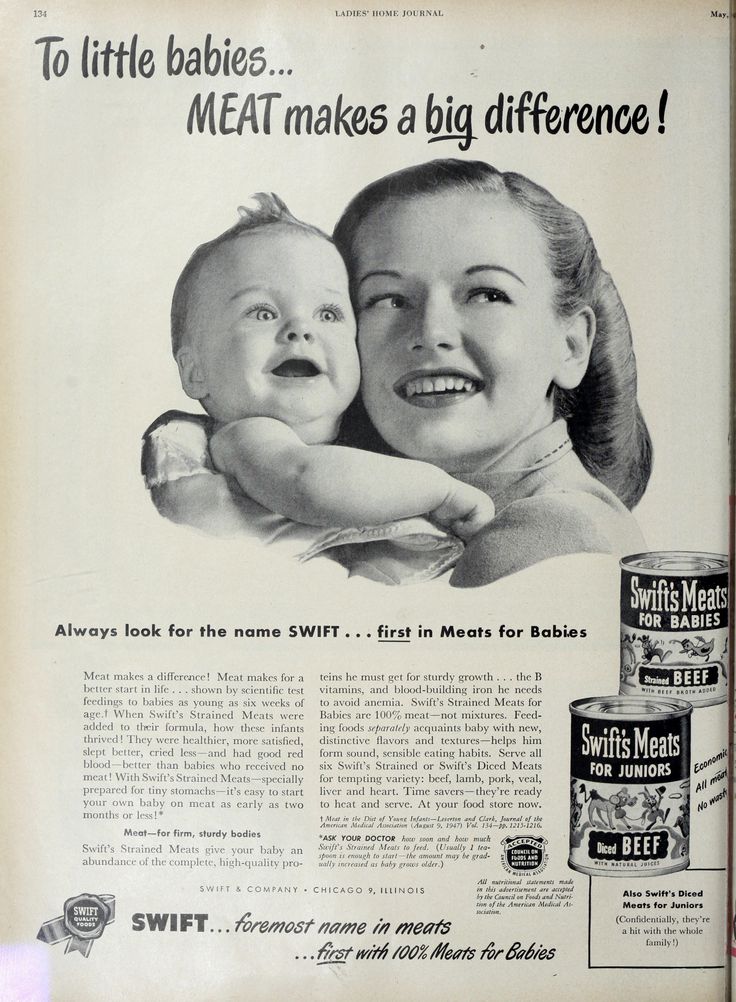
Feeding Tips
- Watch for signs that your baby is ready to start solid foods, usually around 6 months of age. Look for sitting with minimal assistance, good control of their head and trunk, bringing hands and toys to their mouth, and appearing interested in what you are eating.
- Throwing spoons is a common phase that all babies go through at one point or another. One of the best ways to handle spoon throwing is to ignore it and keep feeding baby as usual (with an extra spoon you already have at the table). If baby ends up also throwing back up spoons #2 AND #3, simply encourage your baby to eat with their hands until they appear to be finished with the meal.
- Have a spare spoon (or three!) – even very young babies often want to be involved in feeding themselves as much as possible. Giving baby an extra spoon to hold can be helpful in giving her a sense of control and also promotes hand-eye coordination. Allow baby to use spoons as a teether during the meal.
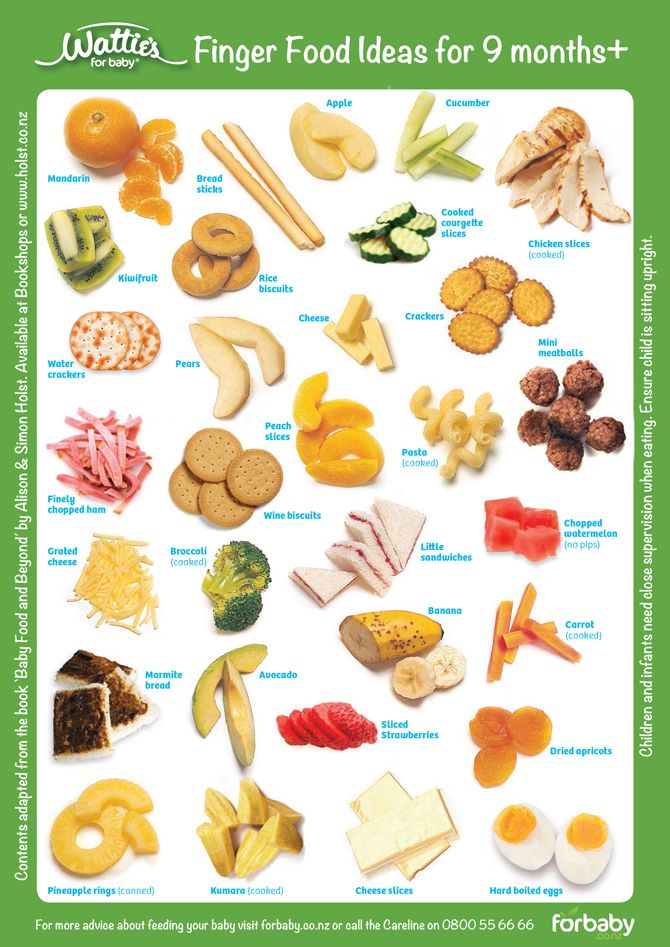 There are many great options out there but a few we particularly love include the Olababy 3 Piece Set, the NumNum Pre-Spoon GOOtensils, and the ChooMee FlexiDip Baby Starter Spoons.
There are many great options out there but a few we particularly love include the Olababy 3 Piece Set, the NumNum Pre-Spoon GOOtensils, and the ChooMee FlexiDip Baby Starter Spoons.
Helpful Tools
These tools will make doing feeding baby so much easier. For more of my favorite kitchen tools make sure to check out my shop.
- steamer basket
- medium saucepan
- storage containers for fridge
- highchair
- suction bowl or baby bowl
- baby spoon
- open lid cup
- bib with catch pocket
Serving a meat puree to your baby is a great way to expose your baby to the taste and nutritional benefits meat has to offer. While you can serve baby just the meat puree, it does have a very intense flavor that some babies may not care for. If this is the case, I would recommend you add a spoonful of chicken, beef, or turkey puree into another fruit or veggie puree your baby likes. Some great combinations are beef with sweet potato puree, chicken and mango puree, or chicken and broccoli puree. Since meat is not a common allergen, you can serve a meat combination puree as soon as your baby has tried the other fruit or vegetable. You can also serve baby a chunky mashed meat and veggie puree (recipe below) for a simple stage two puree.
Since meat is not a common allergen, you can serve a meat combination puree as soon as your baby has tried the other fruit or vegetable. You can also serve baby a chunky mashed meat and veggie puree (recipe below) for a simple stage two puree.
It’s very easy to serve meat to babies for baby-led weaning starting at 6 months or as a finger foods starting at 9 months. You will want to start by serving baby the bigger pieces of meats (ribs or drumsticks, 2-3 inch adult finger size strips, or longer meatballs) and work your way down to the smaller pieces as your baby develops their pincer grasp, usually around 9 months of age.
Palmar vs. Pincer GraspPalmar grasp and pincer grasp can be confusing, so let’s go over the basics.
Palmar GraspThe palmar grasp is when your baby takes an entire 2-3′ piece of food and places most of the food into the palm of their hand with their fingers curling around the food. This leaves a small portion to stick out of the top of their hand, which is what they will chew on. The palmar grasp usually develops around 6 months of age, making it the first way your baby will move food from their plate to their mouths.
This leaves a small portion to stick out of the top of their hand, which is what they will chew on. The palmar grasp usually develops around 6 months of age, making it the first way your baby will move food from their plate to their mouths.
A pincer grasp is when a baby uses their index finger and thumb to pick up smaller pieces of food. A baby will typically develop a pincer grasp around 9 months of age but can vary as all children develop at different rates.
HOW TO SERVE MEAT TO BABYThere are several different ways to prepare meat for baby. Here are 6 of my favorite ways:
- Meat Puree (4-6+ Months)
- Mashed Meat with Veggies (6+ Months)
- Meat on Bone (6+ Months)
- Meatball or Patty (6-7+ Months)
- Ground (8-9+ Months)
- Shredded or 2-3 inch Strips of Meat (Strips – 6+ Months, Shredded – 9+ Months)
You can serve baby pureed chicken, beef, or turkey puree.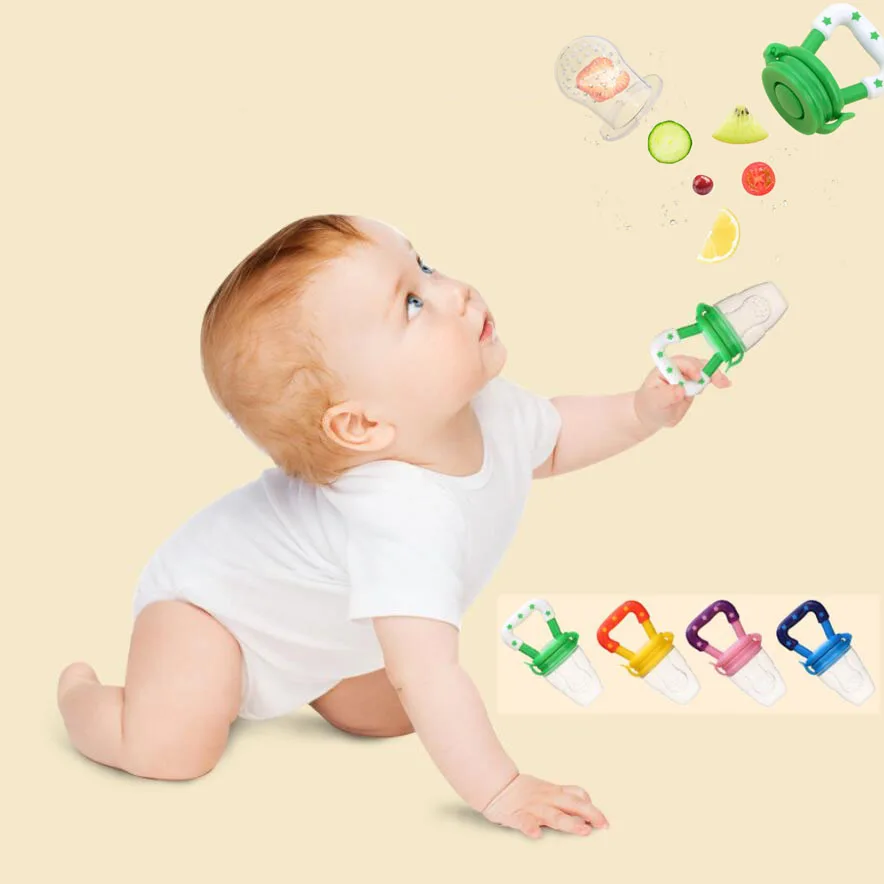 The key to making delicious pureed meat is to keep the meat tender during the cooking process. I like to simmer the meat in a low or no-sodium broth until just cooked before letting it cool and then blending until smooth. You can add veggies such as onions, carrots, celery, and red peppers to the broth for extra flavor. Once made, the meat puree will last 4 days in the fridge or 2 months in the freezer.
The key to making delicious pureed meat is to keep the meat tender during the cooking process. I like to simmer the meat in a low or no-sodium broth until just cooked before letting it cool and then blending until smooth. You can add veggies such as onions, carrots, celery, and red peppers to the broth for extra flavor. Once made, the meat puree will last 4 days in the fridge or 2 months in the freezer.
Meat to Use: you can use chicken, beef, turkey or lamb to make a baby puree.
Meat on the BoneWhile serving meat on the bone to your baby may seem a little intense, it’s actually the perfect food for small hands to grasp and be able to self-feed as the bones make for the perfect handle. Make sure to remove any skin, fat, or small bones before serving.
Meat to Use: You can serve baby chicken or turkey drumsticks, ribs, or lamb chops.
Meatballs for BabyYou can serve meatballs for babies starting around 6-7 months of age. I love to make homemade meatballs for baby so that I can form them into long finger shapes, which are easier for babies to grasp and eat. You can also slice the longer meatballs into strips or chop them into smaller ‘pea’ size pieces. If using store-bought meatballs, look for a brand that doesn’t have a ton of added ingredients and has lower sodium. If serving a round meatball to your baby, you can cut it into quartered strips or small pieces.
I love to make homemade meatballs for baby so that I can form them into long finger shapes, which are easier for babies to grasp and eat. You can also slice the longer meatballs into strips or chop them into smaller ‘pea’ size pieces. If using store-bought meatballs, look for a brand that doesn’t have a ton of added ingredients and has lower sodium. If serving a round meatball to your baby, you can cut it into quartered strips or small pieces.
Meat to Use: you can use beef, chicken, turkey or lamb to make meatballs for baby.
Ground Meat for BabyServing cooked ground meat is a great way for your baby to eat meat, as it is soft and tender than other cuts of meat, which makes it easier for your baby to chew and swallow. I also love that you can add in seasonings such as dried oregano, basil, paprika, garlic powder, mild chili powder, etc, to your meat while cooking to give it an exciting seasoned taste. You can serve ground meat to babies 9 months and up that are working on their pincer grasp or load some of the cooked ground meat onto a baby fork or self-feeding spoon to feed them or hand the utensil over to your baby to feed themselves.
Meat to Use: Feel free to use ground turkey, chicken, beef or lamb.
Pulled or Strips of MeatThe first food my daughter ever had was a huge piece of steak she grabbed off of my husband’s plate! Pulled (shredded) or strips of chicken, beef, pork, lamb, or turkey are one of the easiest ways to serve meat to babies. Take a 2-3′ strip, which is roughly the size of two adult fingers, of meat that you are going to have for dinner and serve it to your baby. You can also shred the meat into smaller pieces for slightly older babies (9+ months). Just make sure you remove any skin, fat, hard pieces, or small bones before serving.
Mashed Meat with VeggiesThis method works great for babies on Stage Two or Stage Three baby food purees or just starting on finger foods. To make this, you will mash a small piece of chicken, beef, or turkey along with a spoonful of cooked veggies such as carrots, sweet potatoes, or broccoli until they are combined yet still slightly chunky. Then you can feed baby this chunky puree, or you can load a self-feeding spoon and have them feed themselves.
Then you can feed baby this chunky puree, or you can load a self-feeding spoon and have them feed themselves.
- Soft and Tender: With whatever meat you are serving, make sure it is soft and tender to make it easier for your baby to chew. You don’t want to serve baby tough overcooked meat, skin, small bones, or pieces of fat as those are all choking hazards.
- Serve a Variety: make sure you serve your baby various meats in a few different variations to diversify their textures and tastes, which helps with picky eating. Don’t be afraid to step out of your comfort zone and offer baby chicken liver, veal, mutton, goat, buffalo, or organ meats such as heart, kidney, and liver.
- Choose Dark Meat: offer baby dark turkey or chicken meat whenever possible as it has almost double the amount of iron in it.
- Serve Fully Cooked Meat: Ensure you are serving your baby fully cooked meat as “rare” and “medium rare” are a no for baby.

- 1/2 pound ground chicken or turkey
- 1/4 cup breadcrumbs
- 1 large egg
- 1 tsp dried oregano or basil
- 1/2 tsp garlic powder
Prep: If baking, preheat the oven to 400° F. Line the baking sheet with parchment paper or a silicone mat and coat with a little cooking spray.
Mix: In a medium mixing bowl, add all of the ingredients. Mix together with your hands or a spatula until just incorporated.
Form: Roll the mixture into 3" long rolls – roughly 10 in total. Place on the baking sheet.
Bake: Place the baking sheet in the oven and bake for 20 minutes or until done all the way through.
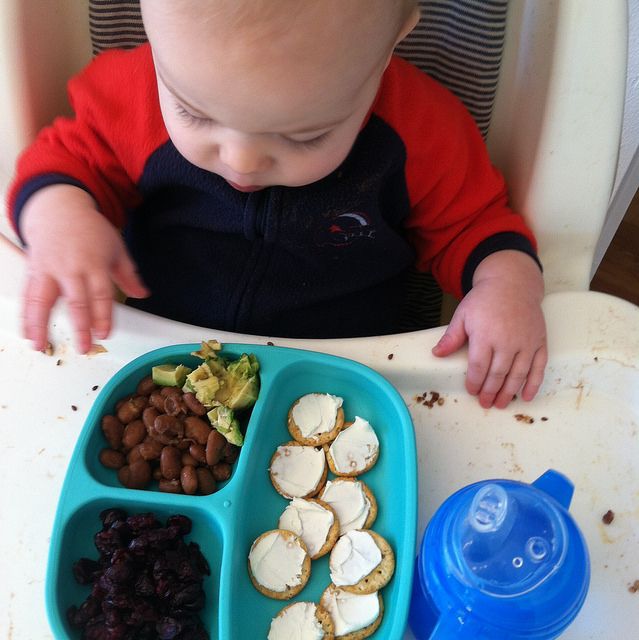 Let cool and serve to baby.
Let cool and serve to baby.
Age: 6-7+ months
Yield: 10 longer meatballs
Storage: will store in the fridge for up to 4 days or in the freezer for 2 months. To reheat, gently heat the meatballs in the microwave or in a skillet on the stove top until just warm.
Nordic Ware Baking Sheet
Stackable Glass Bowl Set
EZPZ
Did you make this recipe?
Tag @babyfoode on Instagram and hashtag it #babyfoode!
Pin Recipe Email a Friend
What You Want to Know
Being in charge of your baby’s nutritional needs can seem overwhelming because the choices are endless, from nutritional content and preparation, to color, taste, and texture.
Should you start by offering your baby applesauce or cereal, or can you start with meat? What’s the scoop on meat, anyway?
For most babies, breast milk or formula will give your baby all the nutrients, vitamins, and minerals that they need for the first 6 months of their lives.
If you’re exclusively or primarily breastfeeding, your doctor may suggest supplements for iron and vitamin D. According to the American Academy of Pediatrics (AAP), you’ll want to introduce vitamin D supplements from just about birth and iron after around 4 months. (Formulas are usually fortified with these already.)
Once you hit the 6-month milestone, you can start offering your baby solid food. Traditionally, parents have offered their babies cereal, veggies, fruit and then meat.
But is that the right approach? Maybe not.
Here’s why: At 4 to 6 months of age, the iron stores that your baby was born with are starting to get depleted. Iron is needed for hemoglobin formation and oxygen transport.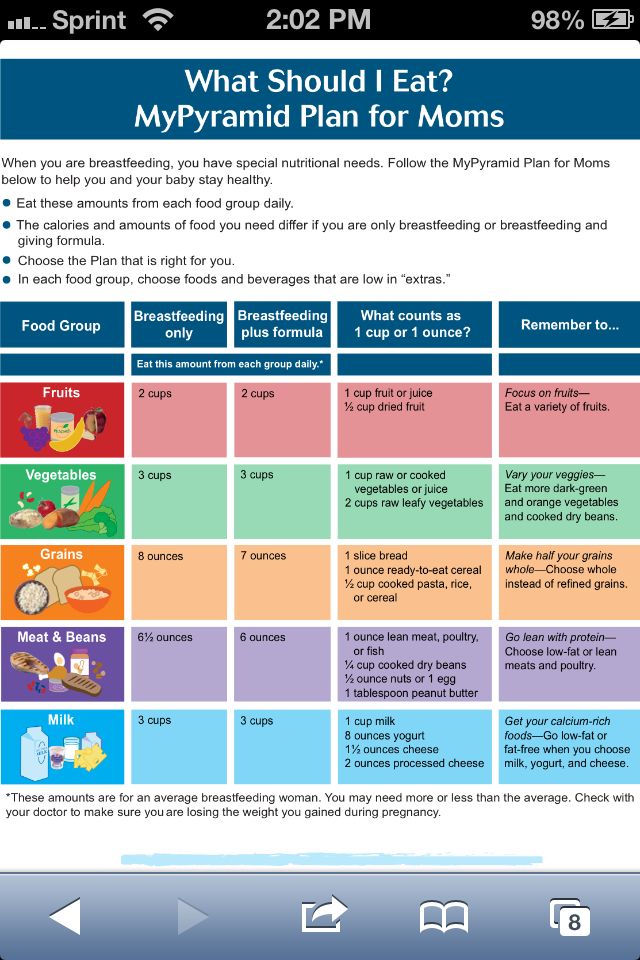
You can keep these iron levels high by introducing your baby to foods that are rich in iron. Iron comes in two forms: heme and non-heme iron.
- Heme iron. You’ll find this in red meat, seafood, and poultry. Heme iron is pretty easy for your body to absorb.
- Non-heme iron. You’ll find this in iron-fortified infant cereals, tofu, beans, lentils, and green, leafy veggies.
Heme iron is the easiest for your body to absorb. Which is exactly why you may want to start offering your baby meat as one of their first foods. In addition lean red meat also has zinc, vitamin B12, fats, and of course, lots of protein.
Is my baby ready?
You bet! If your baby has developed physically to the point that they’re now ready to handle the intricacies of eating solids, then they’re ready for eating meat.
Notice that their tongue thrust reflex is fading — they don’t push food out of their mouth with their tongue. They’ve learned to coordinate breathing and swallowing.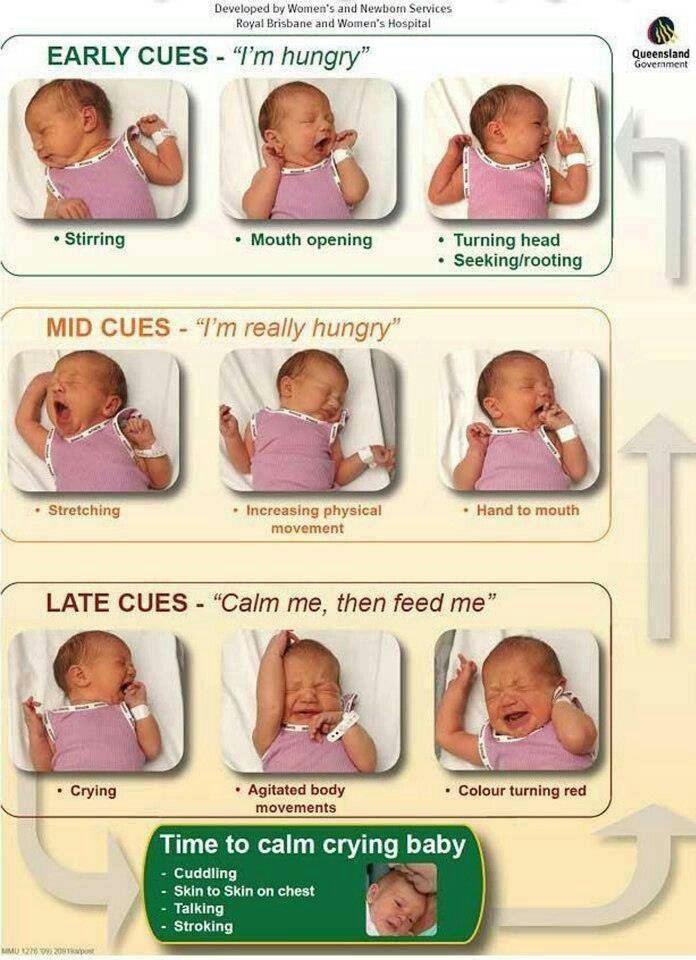 They can sit in a high chair. They have good head and neck control.
They can sit in a high chair. They have good head and neck control.
Okay, so you’ve made the decision to offer meat to your baby. Now which meat is best for baby?
Beef, veal, lamb, mutton, goat, pork, chicken, or turkey? Organ meat such as heart, kidney, liver? What about buffalo meat? Yup, that counts as a meat source too.
The long and short is that all meats are good. But there are a couple of things to keep in mind.
Good to know:
- Liver is a significant source of iron, with pork liver delivering the highest amount
- Choose dark turkey meat over white. The dark meat contains 1.4 mg of iron per 100 grams compared to 0.7 mg per 100 grams in the white meat.
- Chicken liver has almost double the amount of iron that is found in beef liver.
- Light canned tuna in water offers 1.67 mg of iron per 100 grams.
Do and don’ts:
- Do make sure that your baby eats fully cooked meat only. No “rare” or “medium rare” for little tummies.
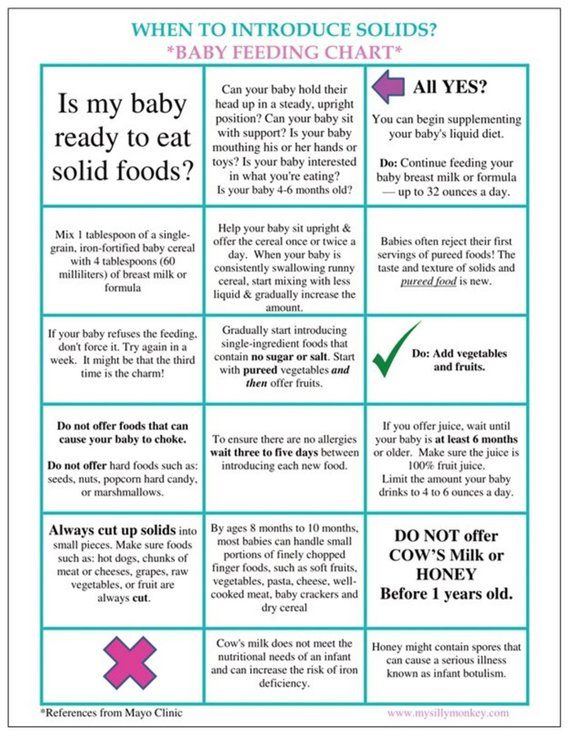
- Do keep away from deli meats, bacon, and hot dogs. Not only are these meats packed with preservatives and chemicals, the average hot dog contains only 5.7 percent actual meat, according to a 2008 analysis.
- Do avoid fish that is high in mercury. Fish that’s approved by the FDA for kids is canned light tuna. (Note: The FDA says a serving for a 2-year-old is just 1 ounce, so up to 3 ounces of tuna weekly is recommended for toddlers.)
- Don’t fry meat for babies.
- Don’t reheat meat more than once.
What’s the best way to go about introducing meat to your baby? Every new stage in life is a learning curve, and we’ve got you covered whether you opt for jarred baby food or homemade food.
Jarred baby food
No doubt about it: This is your easiest option. Gerber and Plum Organics are two popular options you’ll find at your local grocery store. Meat may come as a standalone option, or as part of a blend with veggies or fruits. When introducing a food the first time, single ingredient foods should be used.
Remember that some brands of baby food include meat only at their stage 2 or 3 foods. If you want to introduce meat earlier, shop carefully or make your own baby food.
Homemade baby food
It’s not as daunting as it seems to make your own baby food. Make sure you’re armed with an immersion blender and you’ll be fine. Just for fun, have a look at our yummy recipes or consider buying a baby food cookbook. Or wing it on your own.
- Soups: Create a soup with your choice of meat and a mix of sweet potatoes, onions, carrots, and squash. Cook and then blend to smooth.
- Baking or roasting: While cooking this way preserves most of the nutrients in food, it’s a little harder to blend food that has been baked or roasted. You can thin out the mixture by adding water, formula, or breast milk.
- Slow-cooker: Using a slow-cooker might be the simplest way to prepare soft and well-cooked meats. Combine meats, veggies, and fruits to taste.

If you don’t feel like cooking a separate dish, don’t despair: Cooking for your baby can be as easy as scooping off part of your own supper. There’s a lot of fun in this. Set aside part of your meal and blend or mash.
Baby-led weaning
Want to skip the puree? Then baby-led weaning is for you. More and more busy parents are opting to let their 6-month-old babies feed themselves finger foods.
Baby-led weaning isn’t just good for parents. By feeding themselves, babies practice hand-eye coordination and fine motor skills. They also learn to self-regulate —they stop eating when they’re full. But do remember to check the meat you offer to remove bones and skin.
Good food choices for baby-led weaning:
- finger-long strips of meat
- kebabs and meatballs shaped into a finger-sized log instead of a ball.
- drumsticks
- lamb chops
Remember it’s important to closely supervise when your baby is eating and avoid foods with a shape, size, or texture likely to cause choking.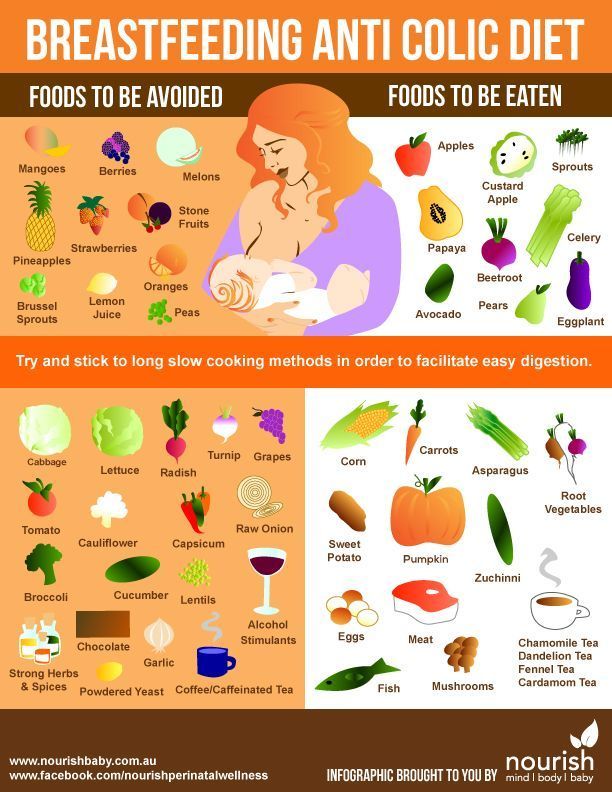 Discuss any questions or concerns you have with your pediatrician.
Discuss any questions or concerns you have with your pediatrician.
Safety first!
No matter how you offer meat to your baby, make sure to cook it at these minimum temperatures:
- beef, veal, and lamb: 170°F (77°C)
- pork: 160˚F (71˚C)
- ground meat: 160˚F (71˚C)
- poultry pieces and ground poultry: 165˚F (74˚C)
- whole poultry: 180˚F (82˚C)
- fish with fins: 145˚F (63˚C)
Good to know:
- Your baby won’t eat more than a spoonful or two to start with. So feel free to freeze portions in ice cube trays. Move on to larger portions as their appetite increases.
- Potatoes don’t freeze well, so don’t throw them into your mixture if you’re planning on freezing part of it.
- Make sure to offer your baby a variety of meats to expose them to different flavors and textures.
- Anything left over? Remember to refrigerate leftovers within 2 hours.
No, you don’t need to give your baby meat. The American Dietetic Association acknowledges that “well-planned vegetarian diets are appropriate for individuals during all stages of the life cycle, including pregnancy, lactation, infancy, childhood, and adolescence, and for athletes. ”
”
If you choose not to give your baby meats, you should offer them plenty of iron-fortified infant cereals, tofu, beans, lentils and green, leafy veggies. These contain non-heme iron.
It’s harder for your body to absorb non-heme iron, but you can increase the body’s absorption rate by pairing foods that contain non-heme iron with foods that contain vitamin C. Think beans served with tomatoes and cereal served with orange juice.
Good practice is discuss your plans with your baby’s healthcare provider and consider whether to opt for a blood test for your baby so that you can check their iron levels.
Bon appétit! You’re now at the stage when you and your baby can sit down at the table and enjoy a meal together. It won’t be long before they’ll join you in the kitchen and help you prepare it!
What kind of meat to start complementary foods for a child - when to introduce meat complementary foods
If the baby is already familiar not only with breast milk or formula, but also with cereals, vegetable purees, you can continue to expand his diet. According to the National program for optimizing the feeding of children in the first year of life in the Russian Federation, meat can be introduced from the age of 6 months, after the child has become acquainted with vegetable complementary foods and the first cereals.
According to the National program for optimizing the feeding of children in the first year of life in the Russian Federation, meat can be introduced from the age of 6 months, after the child has become acquainted with vegetable complementary foods and the first cereals.
Meat is the richest source of animal protein, vitamins and easily digestible iron necessary for healthy growth. About how to properly introduce meat into the diet of the baby - in our article.
The benefits and harms of meat for an infant
For healthy growth, a child in the first year of life should receive the following beneficial substances contained in meat with food:
Dietary proteins that serve as a source of amino acids, including essential ones for the growth of all the cells of one's own body;
B vitamins;
iron, magnesium, zinc and other trace elements;
Saturated fats, which are essential for energy and body building.
Complementary meats are denser than vegetables, fruits or grains, and their introduction stimulates the further development of chewing skills, as well as the work of the digestive enzymes of the pancreas, which break down protein and fat components.
It is important to introduce meat complementary foods correctly so that new, yet unfamiliar food for the child does not cause negative reactions from the digestive system and the whole body: . Lamb, pork, horse meat, duck, goose and wild animals are not suitable for complementary foods! They are introduced into the diet after 2-3 years of age.
No salt, artificial preservatives or chemical additives in baby foods. It is acceptable to add herbs and natural spices.
Like any new product, you need to start giving meat puree in small portions, evaluating the reaction to it (there should be no manifestations of allergies, problems with stools, ailments).
If your pediatrician has special recommendations for the introduction of complementary foods (for example, due to food allergies or the risk of anemia), it is important to strictly follow them.
How to introduce meat into complementary foods
You need to introduce meat products into the diet, observing the following basic rules:
· * They are increased gradually if there are no allergies or digestive disorders.
· Meat products are traditionally offered during the day, at lunchtime. They must be mixed with vegetable or fruit purees, because. this improves the absorption of iron from both meat and vegetables/fruits.
· Only one new food is introduced at a time so that the child's response can be assessed correctly.
If the baby refuses to taste the meat, if he does not like the taste, you do not need to force him. Try again the next day, and for a more familiar and pleasant taste, mix the meat with fruit puree. You can also make steam homemade meatballs or meatballs and offer them to your child right in the pen - perhaps in this form it will be interesting for him to try something new.
· From the age of 7-9 months, the child can be gradually offered meat not only in the form of mashed potatoes, but also in the form of dishes from the general table - these can be meatballs, as well as tender soft pieces of stew. You can spread mashed meat on bread, like a pate, and offer your child tiny “sandwiches”.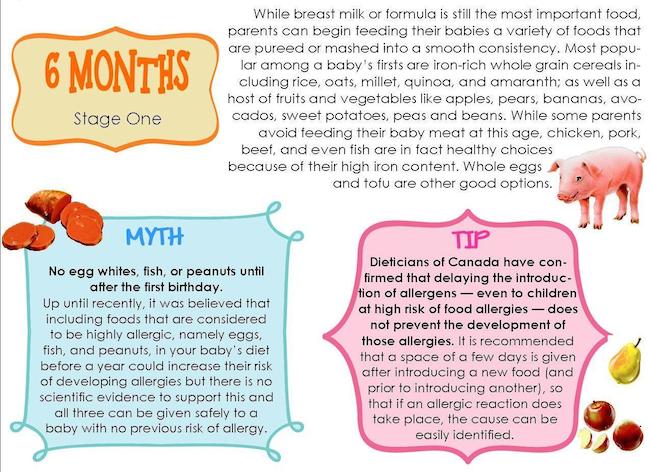
What kind of meat is suitable for complementary foods
There are varieties of meat that are especially suitable for babies in the first year of life for the first complementary foods and expansion of the diet. It is recommended to enter them in the following order:
low-allergenic rabbit or turkey first;
then chicken (chicken), beef (veal), lamb.
Rabbit meat is low-allergenic, low-fat, highly digestible, rich in vitamins and minerals. Rabbit meat proteins contain all the essential amino acids.
The turkey is also good for the first foods, it contains a lot of iron, calcium, phosphorus. This is a low-fat and easily digestible meat with excellent nutritional properties.
Chicken is introduced into the diet with caution - it can provoke food allergies. To correctly assess the reaction, it is better to choose a period when the baby feels good (does not get sick, his teeth are not cut, there are no vaccinations), when other new products are not introduced.
Finally, veal can be used for first foods. This is a nutritious meat that contains a lot of iron, which is quite well absorbed. Veal proteins contain all the necessary amino acids, vitamins and minerals.
How to cook meat for the first feeding
Often, mashed meat is introduced even before teeth appear, when the baby cannot chew. Therefore, it should be tender, homogeneous, have a light texture. It is prepared by boiling the pulp without adding salt. To obtain a puree-like homogeneous mass, you can use a blender that needs to process the product several times.
But it is much more convenient to use special baby food. Complementary foods of industrial production, in particular meat puree, have a guaranteed safe composition, optimal consistency, eliminate the need to mess around in the kitchen with long preparation (you must admit, this is a waste of time, because at first the baby eats only a couple of spoons).
What kind of meat puree to choose for complementary foods
As we have already found out, the ideal first meat food is:
Industrially produced puree, not homemade.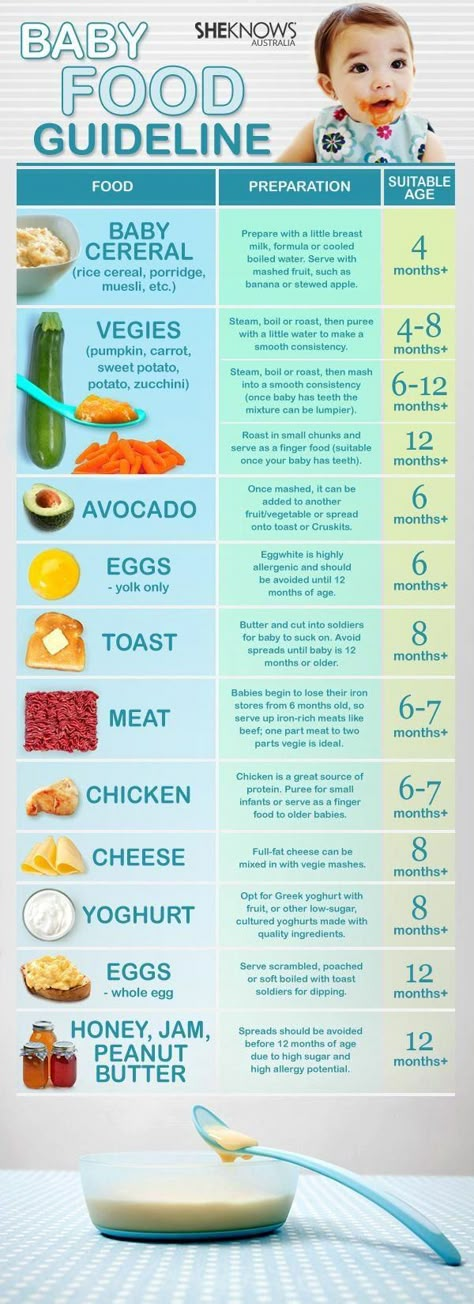
Firstly, ready-made baby food is guaranteed to be chemically and microbiologically safe, which cannot be said about products bought in a store or on the market. Such meat may contain an excessive amount of antibiotics, hormones and other substances that are dangerous for the baby.
Secondly, ready-made meat purees have a consistency suitable for a small child, eliminating the possibility that the baby will choke or be unable to chew food. At home, achieving such uniformity is quite difficult.
Product without salt, starch, vegetable protein.
At the same time, meat purees can contain vegetable oil, lemon juice (to improve iron absorption), sometimes rice or corn flour - to create an optimal thick consistency.
Low allergenic meats.
Well, if the first meat puree is from the most low-allergenic types of meat - rabbit or turkey.
Heinz offers ready-to-use monocomponent baby food made from rabbit, turkey, chicken, veal. It does not contain salt, preservatives or other undesirable additives.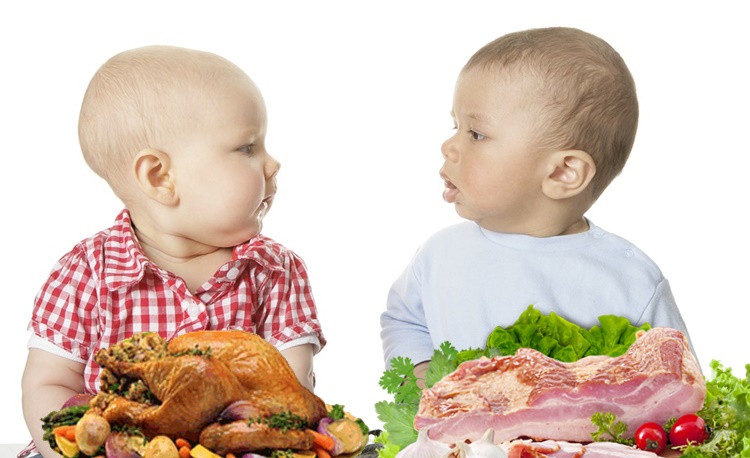
From the age of 6 months, children can also be served Heinz ready meals: beef with vegetables, sauté, stews and others. They will help to expand the diet of the baby, introduce him to new tastes, provide a healthy and balanced diet.
Complementary meat: why, when and how
Reviewer Kovtun Tatiana Anatolievna
57968 views
21 October 2021
Login or register to save articles and products to your favorites
As your baby grows, so does his need for vitamins, minerals and other important nutrients. When to introduce meat into complementary foods for a child so that he gets the maximum benefit?
Meat is a source of complete animal protein.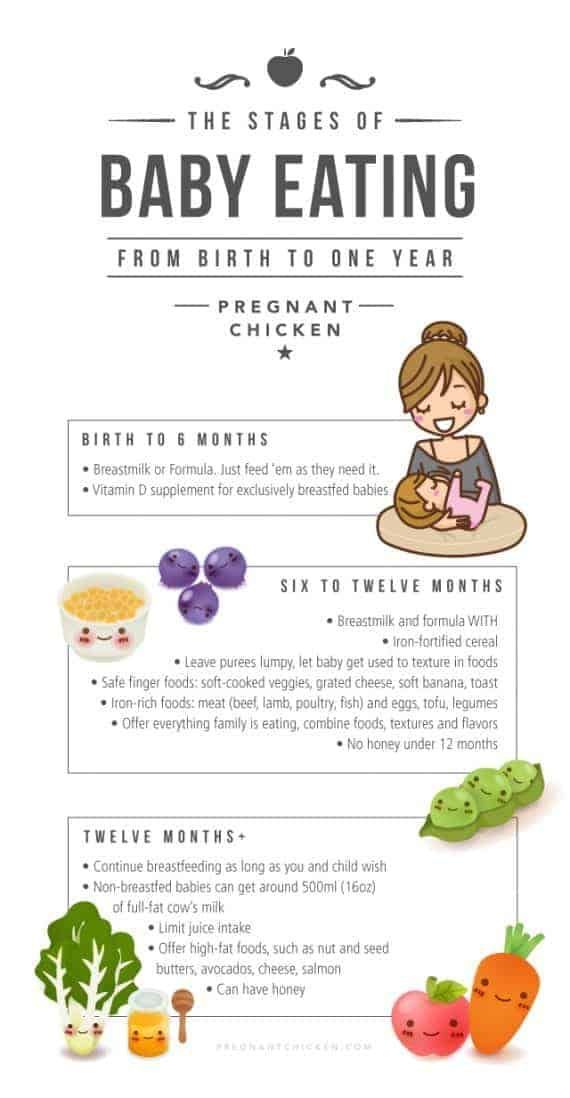 It contains essential amino acids, vitamins and minerals. Their deficiency in the nutrition of the child can lead to serious consequences, in particular to developmental delays and health problems.
It contains essential amino acids, vitamins and minerals. Their deficiency in the nutrition of the child can lead to serious consequences, in particular to developmental delays and health problems.
One of the valuable minerals in the composition of meat is iron, which is very important for development. Iron is part of the structure of the heme protein, which delivers oxygen to the cells and tissues of the body. In addition, the iron contained in meat is very well absorbed.
Meat purees are an essential part of a child's daily diet.
Why should you include meat purees in your child's daily diet?
- For growth. Meat contains a complete animal protein - a source of essential amino acids that are necessary for building your own cells and tissues.
- To deliver oxygen to tissues. Iron, which is found in meat, is necessary for the process of hematopoiesis and oxygen delivery to cells and tissues.
- For proper metabolism.
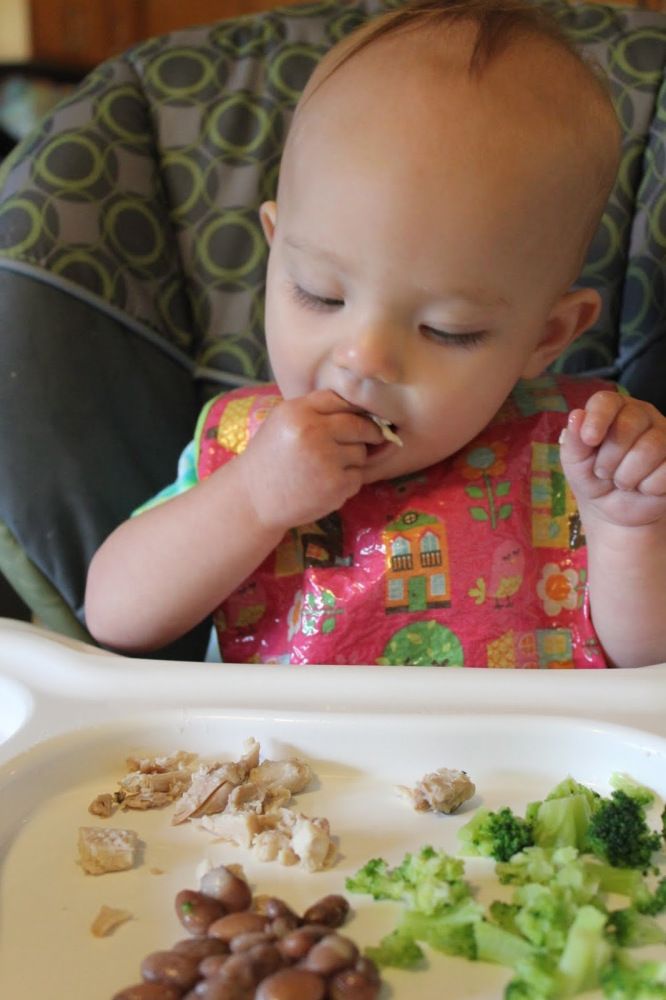 Vitamins B2 and B6, as well as zinc, are essential for proper metabolism.
Vitamins B2 and B6, as well as zinc, are essential for proper metabolism.
So at what age can you give a child meat and how to do it?
When to introduce meat into complementary foods
This question will be best answered by a pediatrician who has been observing the baby from birth, because the question of at what age meat can be given to a child is decided individually, taking into account the characteristics of the child. The only general rule is that meat complementary foods should be introduced no earlier than 6 months. Up to a year, meat should be given to the child daily.
What kind of meat to start complementary foods with
It is best to start with monocomponent meat purees of industrial production - those that contain only one type of meat. So, if the baby has a negative reaction, it will immediately be clear what it is. To minimize the risks of allergies, it is better to choose low-allergenic meat purees.
FrutoNanny has a special line "First Choice"* where you can find hypoallergenic rabbit and turkey purees**.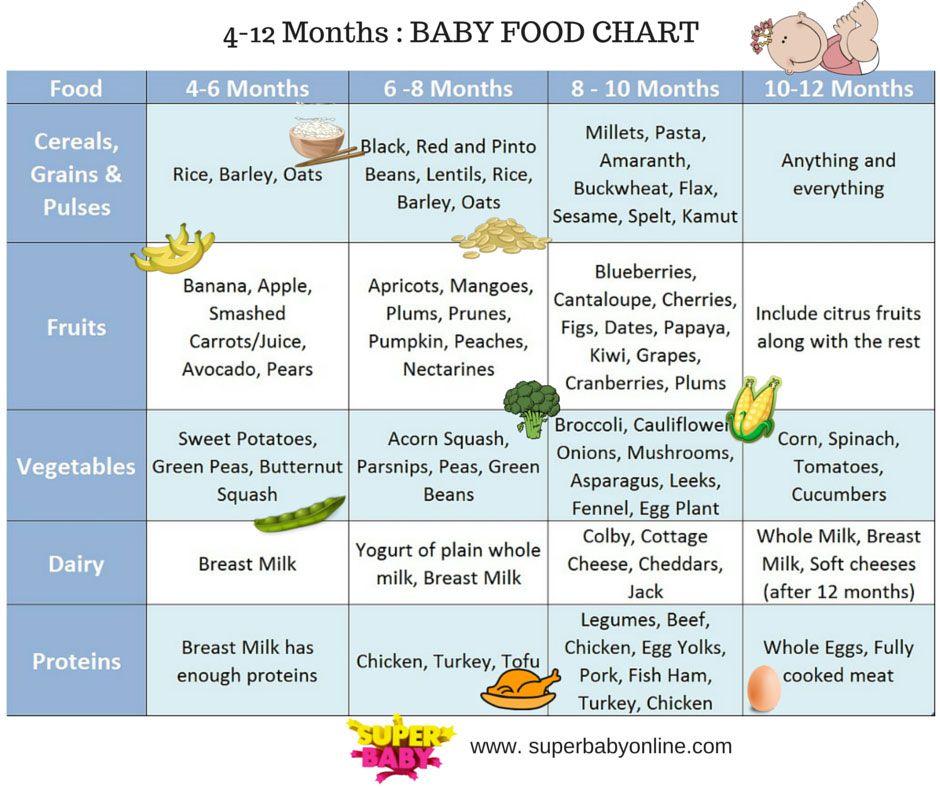 To begin with, it is worth treating the crumbs with 1/2 teaspoon of mashed potatoes in the morning and bring the amount to the age norm within 7-10 days.
To begin with, it is worth treating the crumbs with 1/2 teaspoon of mashed potatoes in the morning and bring the amount to the age norm within 7-10 days.
How to introduce meat - is it worth cooking it yourself or is it better to use ready-made purees?
It is difficult for mothers and fathers to determine the amount of nutrients and harmful substances in products for the baby without special devices. In addition, at home it is difficult to ensure complete microbiological safety, the required degree of grinding of the product.
The baby food industry handles these tasks very well. This is facilitated by verified technology:
- Products are tested to meet quality standards. Specialists make sure that dangerous microorganisms, nitrates, pesticides and heavy metals do not get into the jars.
- Foods are nutritionally balanced. The baby will receive the right amount of nutrients, regardless of the time of year.

- In production, it is possible to make puree with an ideal homogeneous texture. Puree is easy, tasty and safe to eat - it does not contain large pieces that will be superfluous for a baby who does not yet have enough teeth to chew solid food.
The kid wants to give all the best, so the excitement of parents is understandable: you need to choose the safest, most delicious and high-quality product. With ready-made mashed potatoes, parents can be calm about the diet of their boys and girls when it becomes possible to give the child meat. FrutoNyanya has developed meat purees that will help children grow up big, strong and healthy.
FrutoNyanya meat purees are:
- 100% natural, without artificial additives, preservatives, dyes, GMOs.
- Meat only, water and some rice flour for consistency, no starch or salt added.
- Selected raw materials only from domestic suppliers.
- Uncompromising quality control at all stages of production.
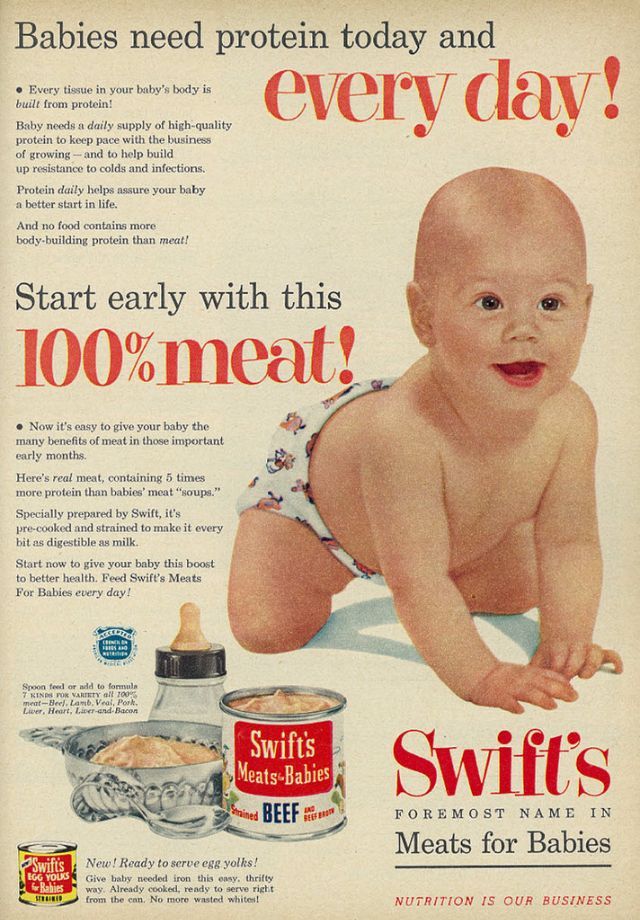
- A wide range, including purees with clinically proven low immunogenicity and hypoallergenicity** - "Rabbit" and "Turkey"
- Delicious smooth puree
In the production of meat purees in glass jars, there is always a space above the product where a vacuum is created to ensure tightness. The oxygen present in this space interacts with the myoglobin protein found in the meat. Therefore, the top layer of puree darkens.
In the manufacture of canned meat in tin containers, packaging takes place without creating a vacuum, so there is no oxygen in the can, and the top layer does not change color.
Myoglobin is absolutely safe for health. It is not necessary to remove the darkened layer of puree, the puree can simply be mixed and heated.
Glass jars are convenient, environmentally friendly and do not emit any hazardous substances.
Tips on how to start meat complementary foods
When parents have decided how many months they can give their child meat, you should act according to the following algorithm:
- Consult a pediatrician.
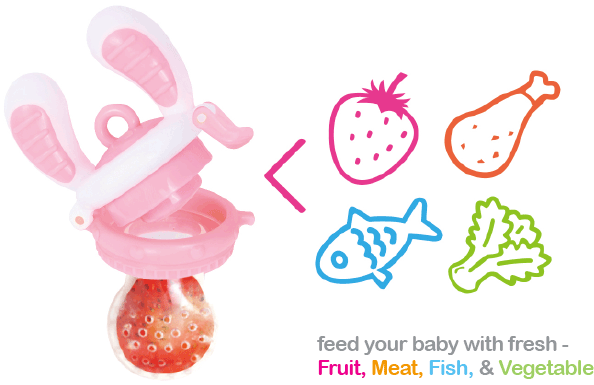
- Prepare dishes. The child should receive complementary foods from separate dishes intended for young children.
- Select the feeding time. When introducing a new complementary food, offer it during the second morning feeding - this way you can observe the reaction of the baby to the new food during the day.
- Start with a small amount, such as 3-5 grams or half a teaspoon. During the week, it is necessary to gradually increase the portion until it corresponds to the age norm.
- Do not combine several new products at once. The kid will not benefit from such a variety.
FrutoNyanya is constantly evolving to better meet the needs of all its little customers. Therefore, when choosing which meat to introduce into complementary foods first, pay attention to the entire line of products.
The best food for a young child is breast milk. Specialist consultation is required. For information about age restrictions on the use of FrutoNyanya products, see the individual packaging.